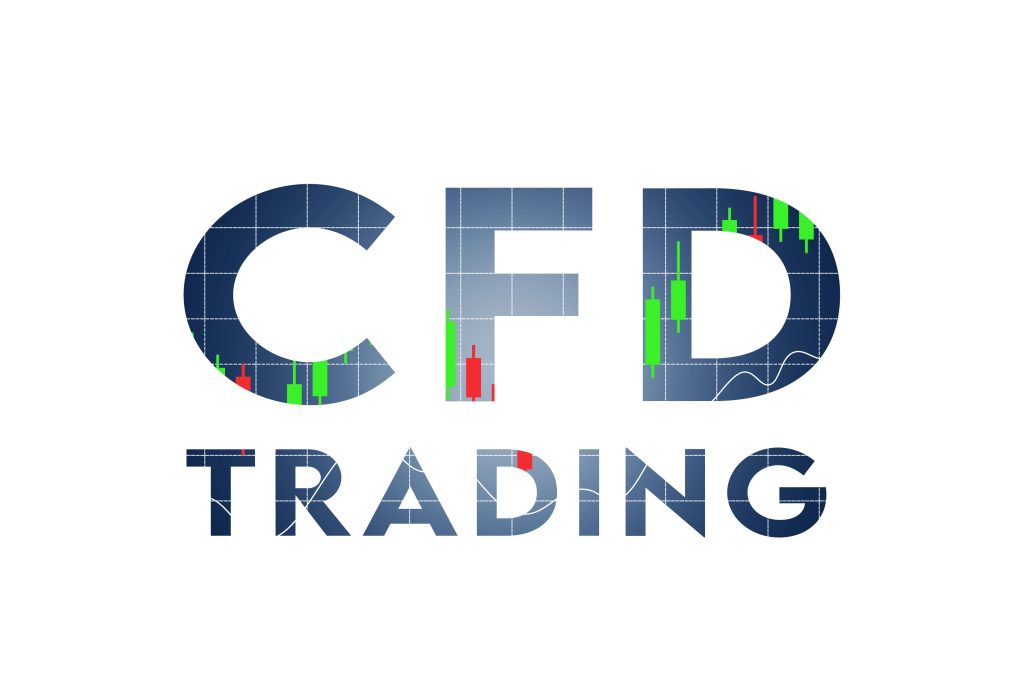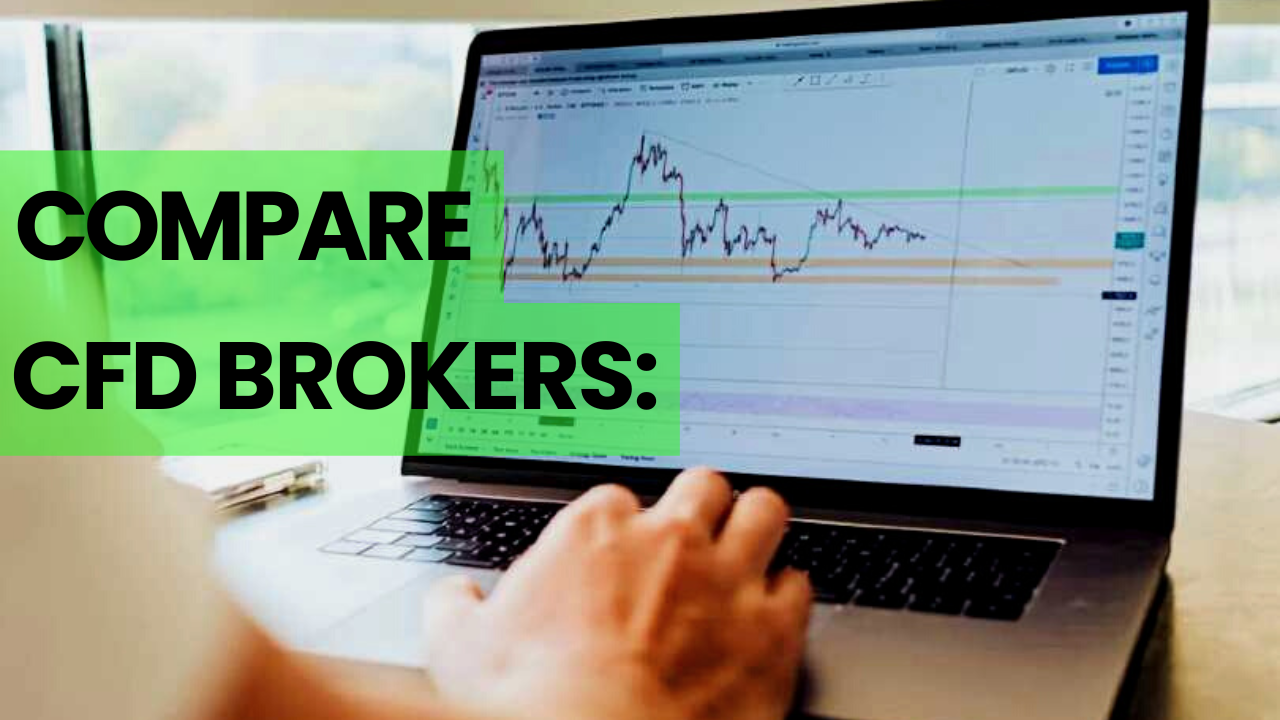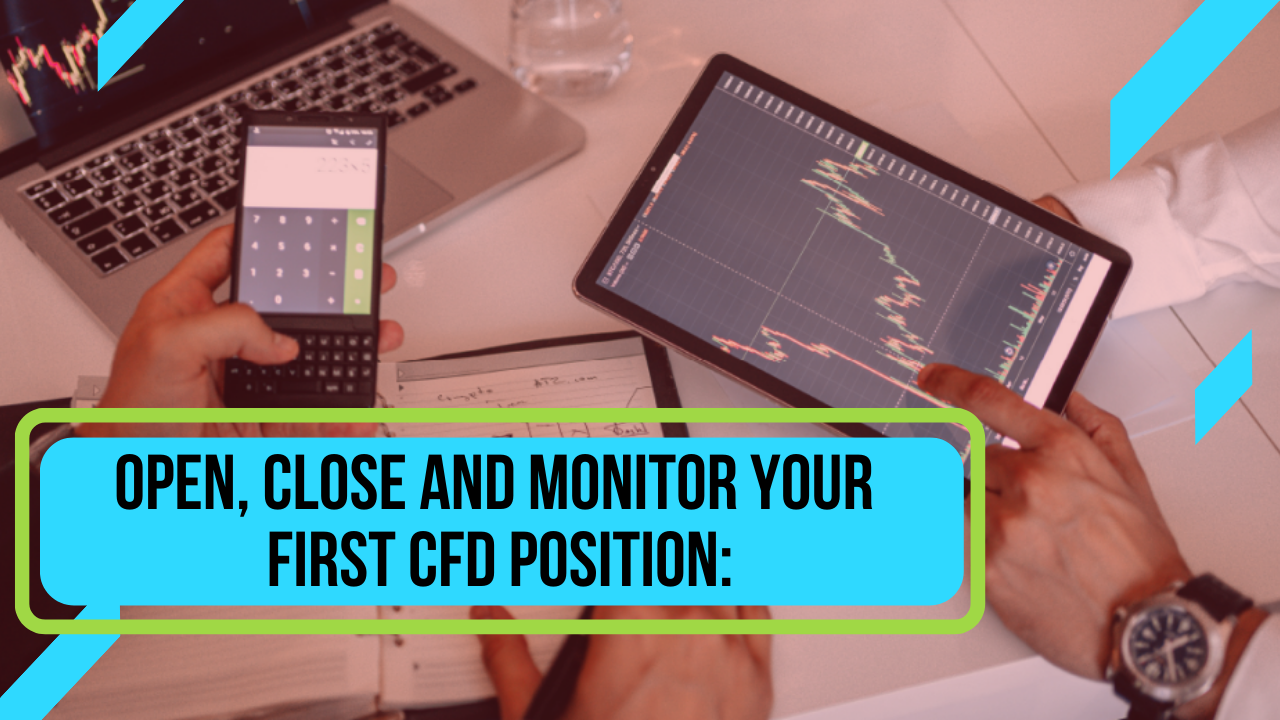
Just like normal trading, CFD trading is also concerned with the buying and selling of an asset. However, the only difference between the two is that the latter involves a contract. Thus, in CFD trading, one party pays the difference in the asset’s price to the other party. This asset price difference is the difference between the asset price at the opening and the closing of the contract. Investors across the world participate in CFD trading every day to increase their earnings. Both newbies and professional traders have high interests in the CFD market. In this CFD trading guide, we have covered everything you need to know about CFD trading.
What is CFD Trading?
Similar to stock trading, CFD trading is also carried out with the help of a broker known as a CFD broker. There are several CFD brokers to choose from, each offering different CFD trading platforms. However, a peculiar feature of online CFD trading is that it doesn’t involve the buying and selling of an underlying asset. Rather, there is a CFD contract between the CFD trader and the broker. The contract typically contains a prediction of future market prices of the asset. There are several CFD assets available for trading, such as CFD forex, CFD stock, CFD indices and many more. Based on how the asset price moves, either the trader pays the CFD broker or vice versa.
CFD Trading For Beginners: For a new CFD trader, the financial markets seem to be a daunting place. By the time you reach the final stage of opening your first CFD position, you will have been warned several times about the risks of CFD trading. Many times, traders think it is impossible to make money in CFD trading due to these reasons only. Over a period of time, CFDs have become much more lucrative. Profits in CFD trading are indeed possible if you follow the right advice. Here are some tips novice CFD traders can follow when starting with CFD trading.
Stick With You Know:
There are several CFD markets available to choose from. However, this does not mean you stick to ones you know nothing about. It would be a good idea to pick a few markets you are already familiar with. Once you have gained confidence, you can diversify step by step.
Start With Smaller Capital:
Another tip for beginners is to risk only a small percentage of their capital, which should not be 1%-2% for each CFD trade. This way, you will be able to learn CFD trading without putting your entire capital at risk.
Always Use A Stop Loss:
Using a stop-loss order will enable you to control your risk for a particular putting by automatically closing your position when the loss hits a certain level. Stop loss takes the emotion out of trading and eliminates the need for you to watch over your trades constantly.
Research Your Positions:
Another token of advice that can help you throughout your CFD journey is researching your positions in order to keep the odds in your favor. CFD trading is nothing but gambling, and even small price movements can turn bigger- in both directions. Novice traders often succumb to their gut feeling or emotion and open and close positions without researching. Furthermore, the market is open 24 hours a day, and you never know what might happen next. Hence, always research before you make any move.
Compare CFD Brokers:

Choosing the right CFD broker is another stepping stone to succeed in CFD trading. The impact of your broker on your research and the bottom line is indeed phenomenal. Some brokers are better than others in terms of what they offer. It is up to you to decide who is best for you. A good broker will have excellent service, low trading costs and good credibility in the market. Before committing to any individual CFD broker, you need to compare several CFD brokers. It’s important that the broker you choose is someone you can trust completely.
Control Your Leverage:
Last but not least, don’t ever take your eyes off from your position until you are absolutely sure of the outcomes. A sensible CFD trader will always do his best to turn things in his favour. This is a significant aspect of controlling the leverage and regularly monitoring your positions. Always remember that CFD can be a killer if you land on the wrong side of a leveraged CFD position.
How To Trade CFDs?
When you trade CFDs, you expect the asset price either to rise or fall; however, the process can be a little complicated. Thus, here are some essential trading tips that can help you start with CFD trading:
Learn How CFDs Work:
The very first step in CFD trading is learning how they work. CFDs are available for several financial instruments, and understanding them beforehand will help you trade CFDs more efficiently.
Create And Fund Your CFD Account:
Applying for a CFD account is pretty straightforward and generally takes not more than a few minutes to complete. Once your personal details are verified, you will be able to fund your account via debit/credit cards. If you want to build your confidence in CFD trading, you can also open a demo account first that can help you practice CFD trading in a risk-free environment.
Build A Trading Plan:
The next step is to build an effective trading plan. A CFD trading plan will act as a blueprint for your entire trading journey. The reason to have a trading plan is to make better trading decisions as it defines your desired loss, acceptable loss as well as risk management strategies. Your trading plan should include everything from your trading goals, time commitment, risk capacity and available capital.
Find A Trading Opportunity:
Once you have opened and funded your trading account, it is time for you to make CFD trades. You can go long or short in more than 18000 financial markets, including but not restricted to shares, indices, forex, cryptocurrencies and more.
Select Your CFD Trading Platform:
There are several ways for you to access CFD trading, such as MetaTrader 4, mobile trading apps, web-based platforms and more. Hence, you can choose the best-suited for your trading style with personalized alerts and risk management strategies.
Open, Close, And Monitor Your First CFD Position:

When you have decided on a financial market you want to trade CFD; you need to place an order. You can either take a long or short position. You can monitor all your open CFD positions on the trading platform. If you have any open positions for buying, you can close them same by selling the same number of contracts.
Summary:
CFD trading provides you access to the world’s largest financial markets and instruments. The best reason why you trade CFDs is you do not need to buy underlying assets such as stocks, indexes or commodities. However, you need to be careful when opening a CFD account, as this type of trading is quite risky.
